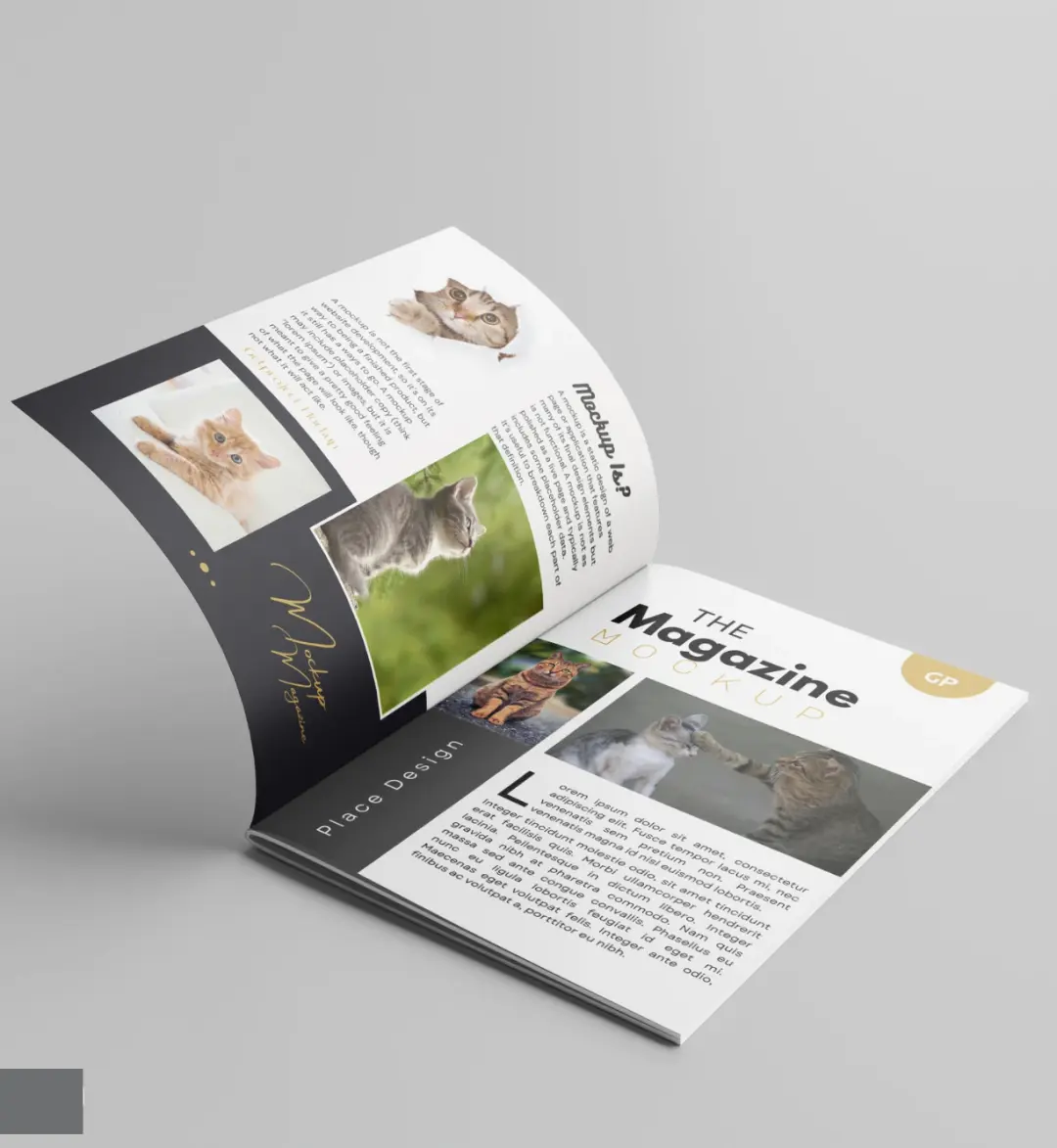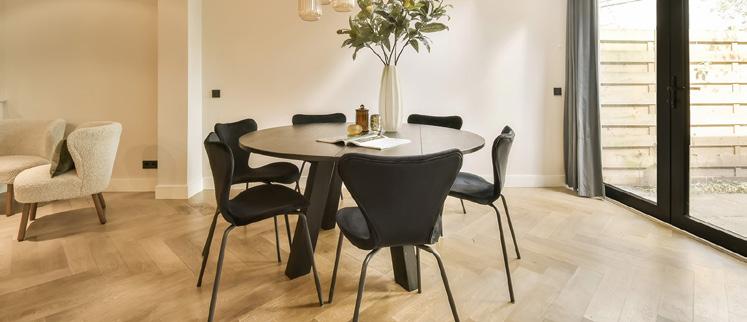Magazine Printing Online: How to Create and Print Professional Magazines Effortlessly

Creating a high-quality magazine no longer requires massive budgets, large print runs, or complex logistics. With modern tools and magazine printing online, anyone—from independent creators to businesses—can design, customize, and produce polished publications without hassle. Whether it’s for a corporate catalog, lifestyle magazine, educational booklet, or even a creative passion project, the online approach puts everything at your fingertips.
This guide explores how to design and print professional magazines seamlessly, walking you through each stage of the process—while sharing tips, tools, and strategies to make your magazine stand out.
Why Choose Magazine Printing Online for Your Projects?
Traditional magazine printing often meant high setup costs, minimum order requirements, and long lead times. By contrast, digital platforms for printing magazines online offer:
-
On-demand printing – Order the exact number of copies you need.
-
Cost-effectiveness – Eliminate upfront expenses tied to bulk production.
-
Customization flexibility – Choose paper, binding, finishes, and sizes easily.
-
Convenience – Upload your files, approve proofs, and receive delivery at your doorstep.
This accessibility has transformed publishing, making it possible for small businesses, startups, designers, and even hobbyists to bring their ideas to life without breaking the bank.
Step-by-Step Guide to Creating Professional Magazines
Designing a magazine involves more than just writing articles—it’s about combining content, visuals, and layout into a cohesive experience. Let’s break down the process.
1. Define Your Purpose and Audience
Ask yourself: Why am I creating this magazine? Is it to showcase products, build brand authority, share creative work, or educate readers? Knowing your audience shapes your tone, style, and design choices.
2. Plan the Content Flow
A professional magazine has structure. Divide your content into:
-
Feature articles – Long-form pieces with depth.
-
Regular columns – Recurring sections or opinion pieces.
-
Visual spreads – Photography-heavy layouts.
-
Quick bites – Short, engaging snippets or interviews.
Mapping this out ensures your readers get variety and balance.
3. Master the Visual Design
Magazines are visual experiences. Prioritize:
-
Consistent branding (colors, fonts, tone).
-
Whitespace balance (avoid clutter).
-
High-resolution images for crisp printing.
-
Readable typography that complements your theme.
Professional tools like Adobe InDesign, Canva Pro, or Affinity Publisher make layouts easier.
4. Choose the Right Printing Specifications
Here’s where online printing services shine. Options typically include:
-
Paper types – Glossy for vibrant visuals, matte for a sophisticated touch.
-
Binding styles – Saddle stitch (affordable), perfect binding (premium), or spiral (casual and practical).
-
Sizes – Standard A4, digest-size, or even custom dimensions.
-
Finishes – UV coating, lamination, or soft-touch matte for that luxury feel.
5. Proof and Revise
Always request a digital or printed proof. This lets you:
-
Catch typos.
-
Check alignment and spacing.
-
Ensure colors look as expected.
Skipping this step can ruin even the best-designed project.
6. Print and Distribute
Once approved, place your order and wait for delivery. From there, distribution could be through direct mailing, events, in-store handouts, or subscriptions.
Advantages of Using Magazine Printing Online for Small Businesses
For small businesses, online magazine printing levels the playing field. It offers:
-
Affordable marketing collateral without bulk orders.
-
Branded storytelling through lookbooks, catalogs, or company magazines.
-
Fast turnaround times, perfect for seasonal promotions or product launches.
Imagine a boutique clothing brand creating a seasonal lookbook or a café producing a lifestyle magazine filled with recipes and local stories—both are achievable with online printing platforms.
Design Trends Shaping Modern Magazines
Professional publications today often reflect these trends:
-
Minimalism – Clean layouts, fewer elements, stronger impact.
-
Bold typography – Fonts as design elements.
-
Sustainability – Recycled paper, eco-friendly inks.
-
Hybrid formats – Print supported by digital versions (QR codes linking to videos or blogs).
Keeping your design fresh ensures your magazine doesn’t just inform—it excites.
Common Mistakes to Avoid When Printing Magazines Online
Even with easy-to-use platforms, pitfalls exist:
-
Ignoring bleed areas – Can cause trimming issues.
-
Using low-resolution images – Results in blurry prints.
-
Overloading pages – Too much text discourages readers.
-
Skipping proofreading – Errors undermine professionalism.
Taking the time to review saves money and embarrassment.
Marketing and Distribution Tips for Your Printed Magazine
Creating your magazine is step one; getting it into the hands of readers is step two. Here’s how:
-
Direct mail campaigns – Target specific demographics.
-
Events & expos – Hand out copies for instant engagement.
-
Subscription models – Build loyalty with recurring delivery.
-
Partnerships – Collaborate with cafés, co-working spaces, or bookstores.
Pro tip: Combine physical magazines with digital formats like PDFs or e-magazines to widen your reach.
Why Creativity Matters in Magazine Publishing
Your magazine isn’t just paper and ink—it’s an experience. Engaging layouts, compelling stories, and striking imagery turn readers into loyal followers. The creative edge is what separates a throwaway pamphlet from a collectible magazine that people cherish.
Final Thoughts on Magazine Printing Online
In today’s digital-first world, the tactile charm of a beautifully printed magazine still holds immense power. Thanks to magazine printing online, anyone can now create polished, customized publications with ease—without the barriers of traditional printing. Whether you’re a business looking to impress clients or an individual chasing a creative vision, the process has never been more accessible, affordable, and rewarding.
FAQs
What paper options are best for a luxury look?
Glossy coated paper with a soft-touch matte finish gives a premium, high-end feel.
How many pages should a standard magazine have?
Most fall between 24–64 pages, but it depends on your content depth and purpose.
Is it possible to print eco-friendly magazines?
Yes, many printers now offer recycled paper and soy-based inks for sustainable production.
What file format should I upload for printing?
High-resolution PDFs with embedded fonts and images are the industry standard.
How can I ensure colors look the same in print as on screen?
Use CMYK color profiles, not RGB, when exporting your final design.
Can I print a few copies first before a bulk order?
Yes, many services allow short-run printing so you can test quality before scaling up.
What binding style is most budget-friendly?
Saddle stitching is the most cost-effective option, ideal for smaller magazines.
Can QR codes be included in printed magazines?
Absolutely. QR codes bridge print and digital, directing readers to videos, websites, or promotions.
How fast is the typical turnaround time?
Most online services deliver within 5–10 business days depending on volume and shipping.
Do I need professional design software to create a magazine?
Not necessarily. While tools like InDesign are ideal, user-friendly platforms like Canva also work well for beginners.





